
As a kid, I used to play outside with a Razor kick scooter, and although I enjoyed riding it, I didn’t imagine this toy would become a legitimate mode of transportation.
Minimotors is a South Korean company that has been around since 1999, but is known today for its Dualtron brand of electric kick scooters.
The Dualtron Mini is the most basic model, propelled by a 1,450W motor at the rear hub and powered by a 52V battery with a capacity of 13Ah and an estimated range of 40km. If you need more juice, then it’s also available with a 17.5Ah or 21Ah battery.
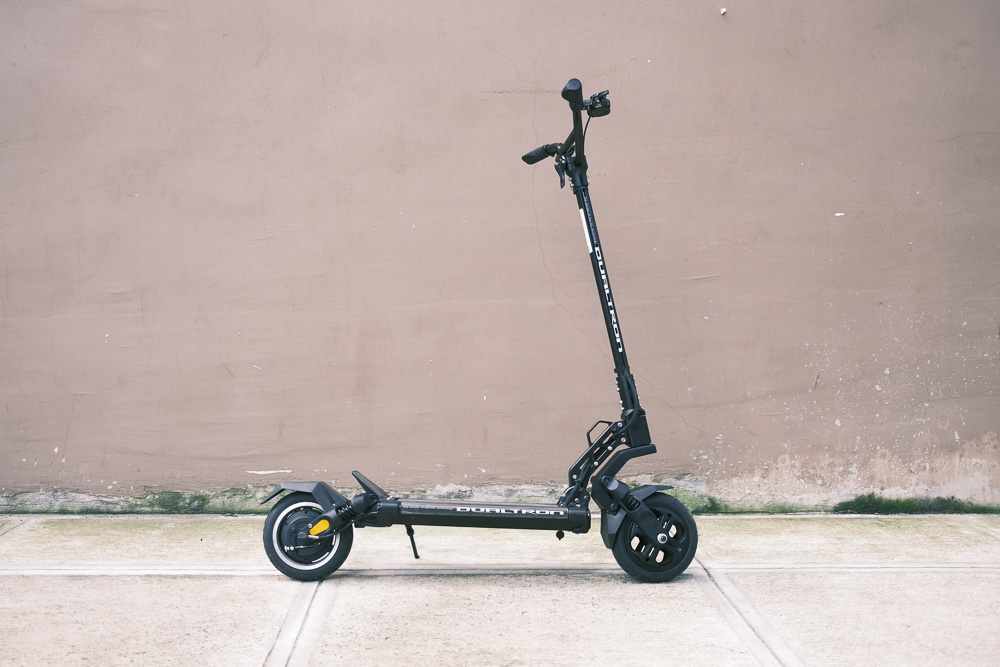
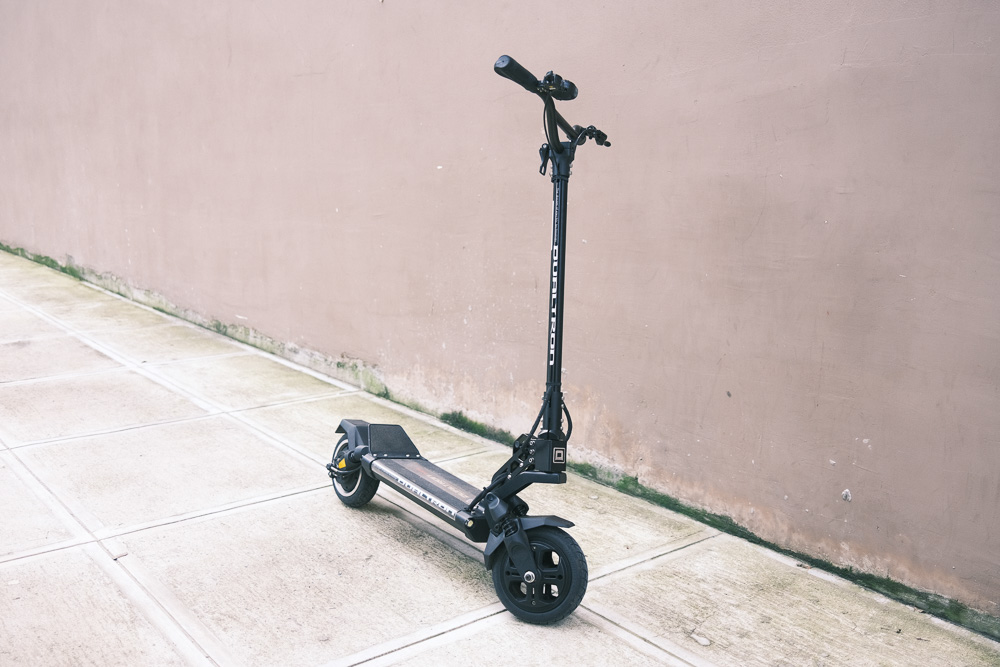

In spite of the 22kg weight, the motor is powerful enough to accelerate the e-scooter to a top speed of 45km/h (depending on rider weight and road conditions) or climb a gradient up to 20°.
Stopping power is mainly provided by a rear drum brake with a rather sophisticated control system. Being an electric vehicle, the e-scooter also has regenerative braking where the motor is used to slow down the vehicle, but it doesn’t significantly charge the battery.
This can be adjusted in the settings, and in my experience, it’s best to leave it at the highest setting for maximum braking power. Also, the drum brake has ABS, but it’s not recommended as the vibrations caused by it can compromise the structural integrity and the ride comfort.



The common notion with e-scooters is that it’s easy for the rider to fall because of the small, thin wheels. However, commuting with the Dualtron Mini gave me more insight into the characteristics of these electric vehicles.
The 8.5-inch by two-inch pneumatic tires—along with front and rear suspension—provide a bit more cushioning against bumps than my road bike with skinnier tires, which isn’t much to begin with.
But the low ground clearance means potholes and cracks should absolutely be avoided. However, it’s still enough to go over humps without scraping the deck.



The deck is wide with rough, abrasive strips on the sides for increased grip. With e-scooters, there’s no one set stance as long as the rider is stable and comfortable. Users aren’t recommended to ride it like a skateboard or snowboard since bailing out would be difficult in emergencies.
Coming from bicycles, I had to adapt by learning to shift my weight forward when accelerating and leaning back when braking. Apart from that, I was essentially just standing on a board with two wheels with my hands on the handlebars.



The simple cockpit consists of the throttle on the right, and the brake lever and a bell on the left. The EY3 unit is a trigger throttle with an LCD display and three buttons.
The power button is for turning the e-scooter on and off, while the mode button toggles the information shown. The button with the white dot is used for changing the settings (of which there are many).
The rightmost digit on the display represents the Speed Step. Ranging from one to three, it dictates the top speed of the vehicle somewhat similar to mechanical gearing on normal vehicles.
This is changed by pressing the button with the white dot. Holding the Mode button for two to three seconds allows the user to access the other settings.

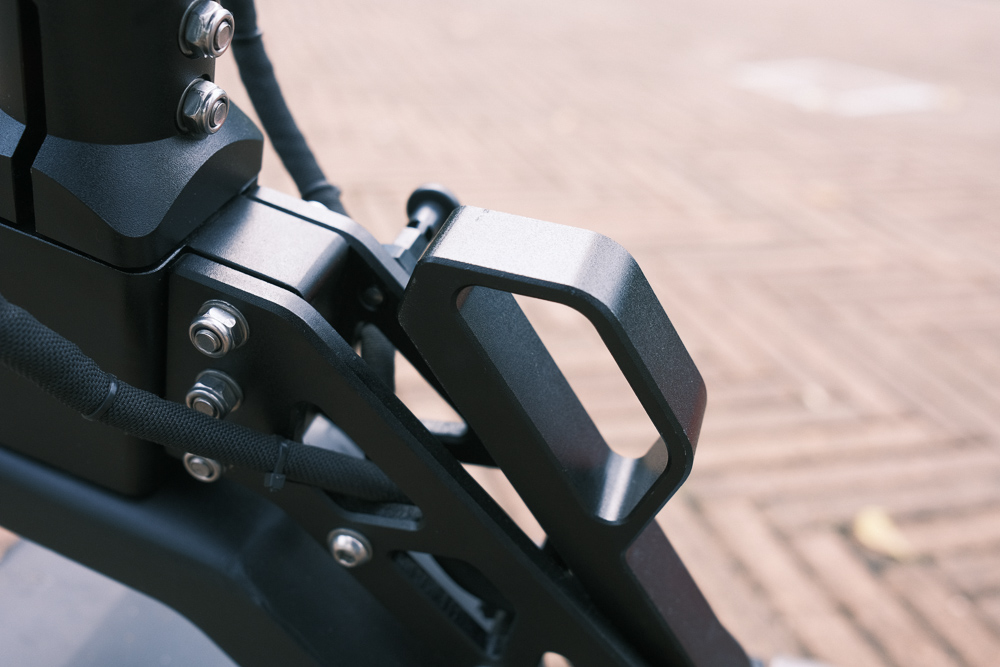
The settings look confusing at first, toggling from “P0” to “P9” then “PA” to “Pd” on the display, so you’ll need a guide to understand these. They are crucial because they control the motor and brake parameters, which heavily affect rider safety.
These are some of the most important things to take note of. P5 dictates the start method whether the e-scooter can accelerate from rest or if it needs to be rolling to prevent sudden unintended acceleration (yes). P7, P8, and P9 adjust the acceleration, maximum motor output, and motor torque (called battery save in the manual), respectively. At its most powerful settings, the Dualtron Mini can go as fast as a motorcycle, but just because it can doesn’t mean it’s wise or safe.

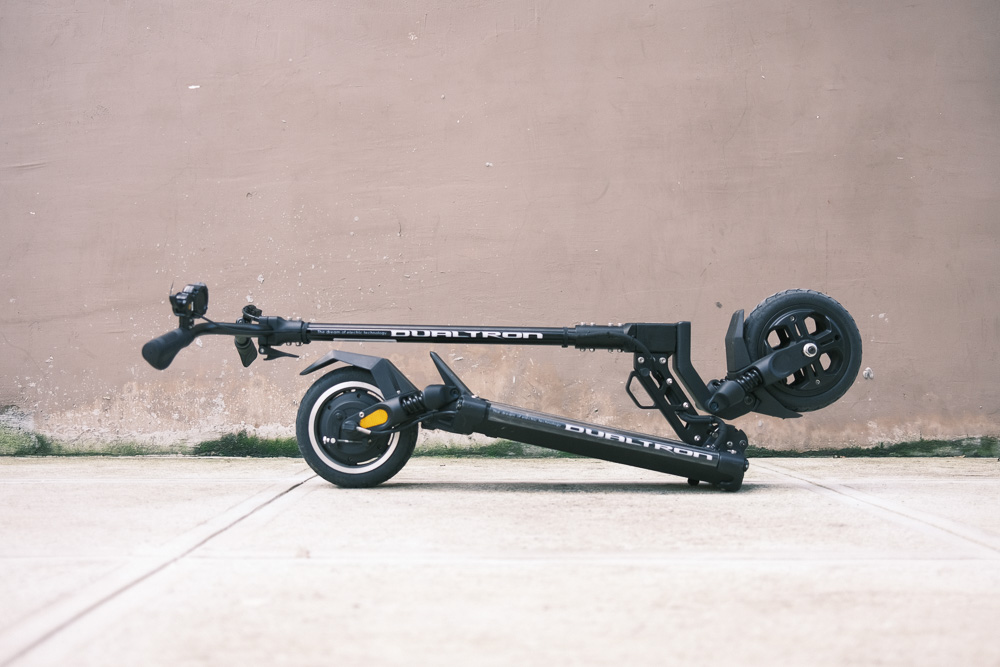
E-scooters are highly efficient, being even faster than bicycles and e-bikes. However, they are severely limited on rough terrain, and going faster further escalates the risk. That’s why riders need to know their limit (as well as the speed limit), and ride within it.
When on public roads with traffic, similar principles for bike commuting apply. Ride defensively on the part of the road that’s safest for you. E-scooters are allowed in the bike lane, but must yield to cyclists and run at an appropriate speed (around 25km/h or less).
If for some reason the bike lane isn’t safe because of obstacles or obstructions, then feel free to go outside—just don’t try to outrun the traffic as an e-scooter can topple easily.
Like with motor vehicles, go only as quickly as you can brake to prevent accidents. If you must go on the sidewalk, don’t go any faster than pedestrians or dismount and just walk if space is tight.


Upon arriving at the destination, the Dualtron Mini can be folded and carried inside or it can be secured to a post or bike rack via a cable lock or U-lock.
The Dualtron Mini is adorned with LEDs, but a front light and a rear light are highly recommended. The former is to see what’s in front, and the latter is to be more visible to others at night.
A full-face helmet is recommended to protect the rider’s chin in case of a fall, while knee and elbow pads won’t hurt. However, those offer no protection against vehicular collisions, so be careful.
When transporting cargo, wearing a bag would be the simplest way, but users can also sling one on the handlebars. There are also other accessories such as dedicated handlebar bags and stem bags, but those aren’t necessary.

With more people adopting bicycles and e-bikes for commuting, who are e-scooters for? I’d recommend these personal mobility devices to those who need to efficiently travel within the city without getting sweaty and tired.
Bicycles are nice, but there’s no getting around the reality that cycling requires a lot of preparation and effort, so e-scooters are a more convenient alternative.
Similar to folding bikes, e-scooters can easily be folded and stowed under an office desk or under a restaurant table, but they’re also pretty heavy so you won’t be lifting this and walking around the mall.

Some countries downright ban e-scooters, but I don’t think that should be the case in the Philippines. Rather, they should be promoted as clean, low-impact modes of transportation along with cycling.
While I understand why people want e-scooters regulated, proper infrastructure, education, and law enforcement play a bigger role in road safety.
Imagine this: If more people were on e-scooters, bicycles, or e-bikes instead of motor vehicles, then the streets would be much more tranquil, and the air would be cleaner. So rather than shunning these, society would benefit more from adopting them.
The Dualtron Mini is available for P67,000 (13Ah), P80,000 (17.5Ah), and P91,000 (21Ah) from Minimotors Philippines. If traveling just a few kilometers to get to work takes an eternity (and you can’t keep up with rising fuel prices), then perhaps you should consider an e-scooter.

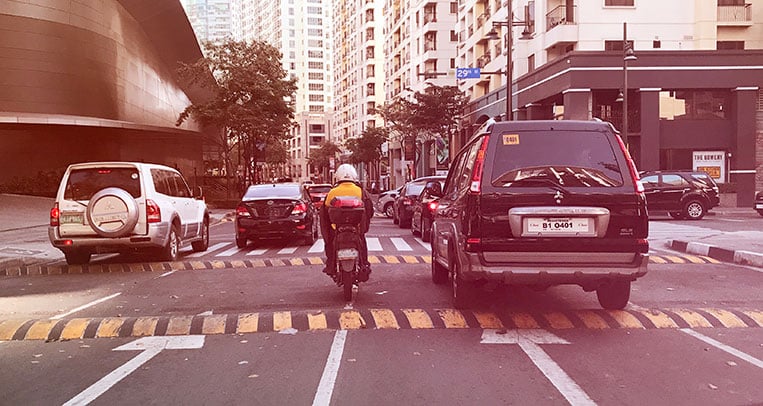
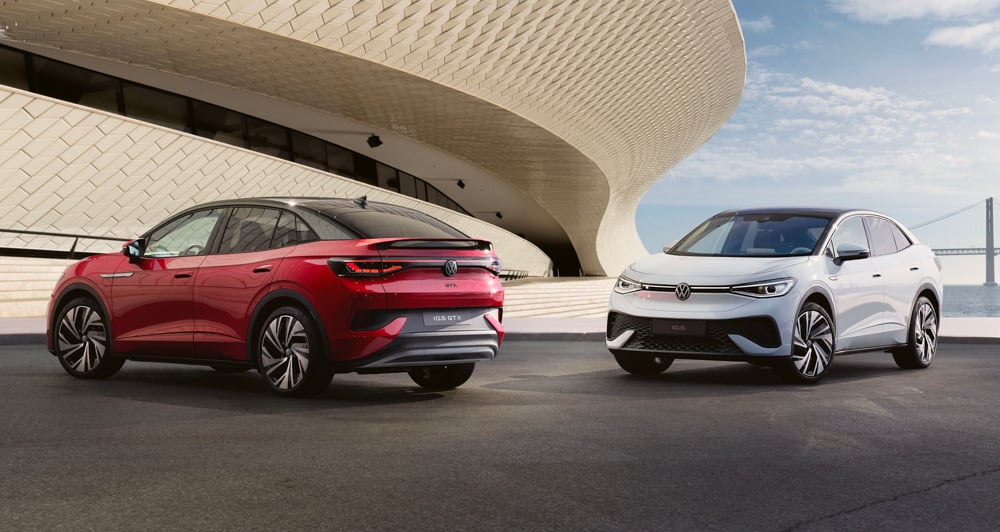








Comments